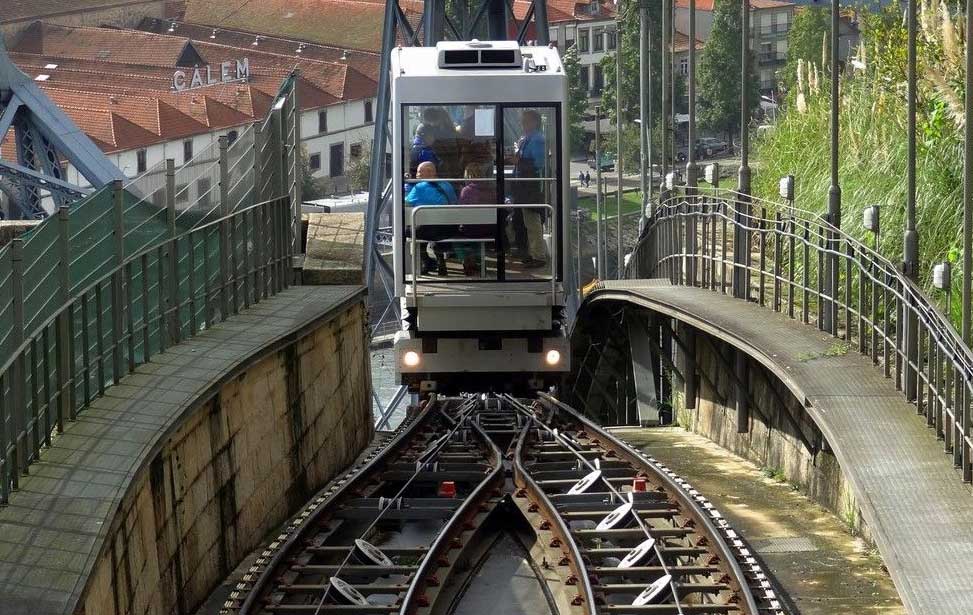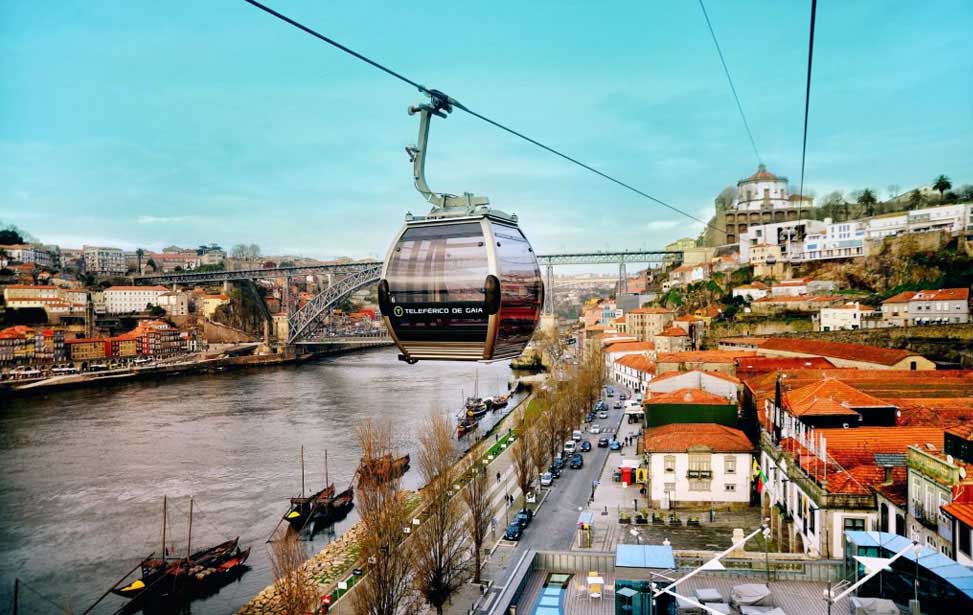GUIDED CYCLE TOURS IN PORTO
3 Hr Old Town & Riverside Bike Tour
Cycling with a guide through Porto ensures you explore the best bike routes through Porto. Cycle alongside the river and discover old neighbourhoods in the historical centre designated a UNESCO World Heritage Site. Learn about its economic significance as a port city, stop for coffee and pastries, before passing through two lovely city parks en route. You'll explore the Ribeira, Miragaia, and Foz Velha along the way. Helmet and bottled water are provided for your comfort and convenience.
(319) | 3 Hr | ✔ Free Cancellation
Book Online ►
Historic Guided Tour - E-Bike (1/2 day)
Those who wish to explore the old town of Porto away from the river and coast may prefer to have the advantage of a powered assist. Our electric bikes are easy to ride and environmentally friendly! We will go through the entire city centre, passing through the most emblematic places. After we head to the beaches, not without first going through the most modern area of the city, Boavista. The tour ends in the iconic Ribeira area, where we will arrive via the cycle path that runs alongside the Douro River! This is the perfect tour for those who like culture and cycling!
(6) | 4 Hr | ✔ Free Cancellation
Book Online ►
From Porto to Gaia: Private Bike Tour
Porto and Gaia share an incredible relationship, with the Douro River in between and the Dom Luis I bridge connecting them. It's pretty easy to discover these two beauties. If you are looking for a unique way to explore these two picturesque cities, join a private bike tour that will take you to see the best of Porto and the beauty of Gaia. Ride through the streets of Porto, admire its highlights and beautiful buildings. Cross the Douro River and enjoy the view! Explore the local streets of Gaia and catch a glimpse of the traditional daily life. On this unique ride, you'll be able to reach hidden streets and spots only known by the locals.
(103) | 2.5 Hr | ✔ Free Cancellation
Book Online ►
































